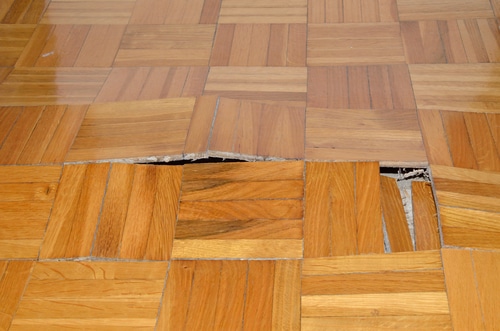6 Ways to Find Concealed Water Leaks in Your House
6 Ways to Find Concealed Water Leaks in Your House
Blog Article
Just how do you feel with regards to Finding hidden leaks?

Early discovery of dripping water lines can alleviate a potential calamity. Some little water leaks may not be visible.
1. Check Out the Water Meter
Every house has a water meter. Checking it is a surefire way that helps you find leaks. For starters, turn off all the water sources. Guarantee nobody will flush, utilize the faucet, shower, run the washing machine or dishwasher. From there, go to the meter as well as watch if it will alter. Because nobody is using it, there ought to be no movements. That shows a fast-moving leakage if it relocates. If you spot no changes, wait an hour or two as well as inspect back again. This means you might have a slow-moving leakage that might even be below ground.
2. Inspect Water Consumption
If you detect unexpected adjustments, in spite of your intake being the exact same, it means that you have leaks in your plumbing system. An abrupt spike in your expense shows a fast-moving leak.
A consistent increase every month, also with the exact same habits, shows you have a slow-moving leak that's also slowly rising. Call a plumber to thoroughly check your building, particularly if you really feel a cozy area on your floor with piping beneath.
3. Do a Food Coloring Examination
30% comes from bathrooms when it comes to water intake. Examination to see if they are running effectively. Drop specks of food color in the container and also wait 10 minutes. There's a leakage between the tank as well as dish if the shade in some way infiltrates your dish throughout that time without flushing.
4. Asses Exterior Lines
Don't fail to remember to inspect your outside water lines as well. Test spigots by connecting a garden hose pipe. Needs to water permeate out of the link, you have a loosened rubber gasket. Change this and also make certain all links are tight. It will help obtain it professionally checked out and also kept each year if you have actually got a sprinkler system. One little leakage can lose tons of water and increase your water costs.
5. Examine and Assess the Circumstance
Property owners should make it a behavior to inspect under the sink counters and also inside cupboards for any bad odor or mold and mildew growth. These two warnings indicate a leak so punctual interest is required. Doing regular evaluations, also bi-annually, can save you from a significant issue.
Examine for stainings and deteriorating as most pipes as well as home appliances have a life expectancy. If you think leaking water lines in your plumbing system, don't wait for it to rise.
Early detection of leaking water lines can reduce a possible calamity. Some little water leaks may not be visible. Checking it is a surefire method that assists you find leaks. One little leakage can throw away bunches of water and surge your water expense.
If you presume leaking water lines in your plumbing system, don't wait for it to escalate.
WARNING SIGNS OF WATER LEAKAGE BEHIND THE WALL
PERSISTENT MUSTY ODORS
As water slowly drips from a leaky pipe inside the wall, flooring and sheetrock stay damp and develop an odor similar to wet cardboard. It generates a musty smell that can help you find hidden leaks.
MOLD IN UNUSUAL AREAS
Mold usually grows in wet areas like kitchens, baths and laundry rooms. If you spot the stuff on walls or baseboards in other rooms of the house, it’s a good indicator of undetected water leaks.
STAINS THAT GROW
When mold thrives around a leaky pipe, it sometimes takes hold on the inside surface of the affected wall. A growing stain on otherwise clean sheetrock is often your sign of a hidden plumbing problem.
PEELING OR BUBBLING WALLPAPER / PAINT
This clue is easy to miss in rooms that don’t get much use. When you see wallpaper separating along seams or paint bubbling or flaking off the wall, blame sheetrock that stays wet because of an undetected leak.
BUCKLED CEILINGS AND STAINED FLOORS
If ceilings or floors in bathrooms, kitchens or laundry areas develop structural problems, don’t rule out constant damp inside the walls. Wet sheetrock can affect adjacent framing, flooring and ceilings.
https://www.servicemasterbyzaba.com/blog/how-to-detect-water-leakage-in-walls/

Do you really like reading up on Detecting hidden plumbing leaks? Leave feedback below. We'd be glad to find out your ideas about this page. We are looking forward to see you back again later on. Those who appreciated our blog post kindly remember to share it. Kudos for your time. Visit us again soon.
Report this page